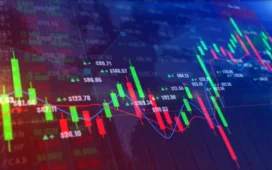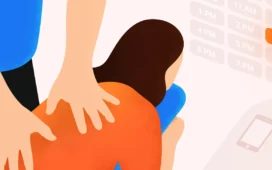CNC machining allows for complex and precise products to be made quickly and efficiently. CNC stands for computer numerical control. This means that the machine is run by a computer that uses a specific type of code. A CNC production company specializes in working with these machines.
History of CNC Machining
The predecessor of CNC, NC (numerical control) machines were developed in the 1940s. They were very basic and used punch tape instead of computer programming. These first machines were used to manufacture airplane parts. In the 1960s and 70s, computers were evolving, and the beginnings of the CNC machines we see today could be seen. Automated processes were in the beginning stages, but the benefits it could bring were clear.
CNC Programming
Programming is the heart of CNC operations. Every movement of part, machine, and the tool must be programmed into the computer precisely for a quality product. Programs like CAD often help with the process. Specially trained engineers are often responsible for the initial programming of the machine. However, once it is programmed properly, the machine can perform extremely complex tasks with efficiency and precision that a human operator cannot come close to achieving.
CNC Processes
CNC machining relies on the subtraction method. Similar to a sculpture, a solid piece of material is taken and subtracted from until the desired product is made. There are many ways to accomplish this. Milling removes material by making lots of small cuts removing a little material each time. Milling allows for precise tolerances and a wide array of different finishes.
Lathes are similar to mills, with cuts occurring in a circular motion. This allows for extremely complex designs that would be impossible or cost-prohibitive otherwise.
Plasma cutting involves using a plasma torch. It is often used for precision metal cuts, but they can be used on other materials as well.
Electric Discharge Machines (EDM) can also be used to remove material. EDM conducts electricity between two electrodes and removes the material between them. It is often used with electrically conductive materials.
Water jet cutters use high-pressure water to remove material. This method is often used on very hard materials like steel or granite. Sand or other material may be combined with water. This is ideal for materials that can’t handle the heat of other types of operations.
3 Axis vs. 5 Axis
Until the last few decades, milling machines were typically 3 axises. This simple set up works well for many parts, allowing the machine to operate on the x, y, and z-axis. However, it has its limitations. It can be very difficult to work with parts with deep narrow channels, for example.
5 axis machines create an A and B axis around the part, giving the machine 5 sides to work with instead of 3. This makes more complex designs possible without adding extra steps.
A CNC production company can create products at greater efficiency, lower cost, and higher precision than traditional machining. It is a cost-effective solution for creating prototypes and large scale manufacturing when precision is required.
Source
https://interestingengineering.com/how-is-cnc-machining-changing-the-manufacturing-industry
https://www.mecholic.com/2018/04/what-are-functions-of-cnc.html







